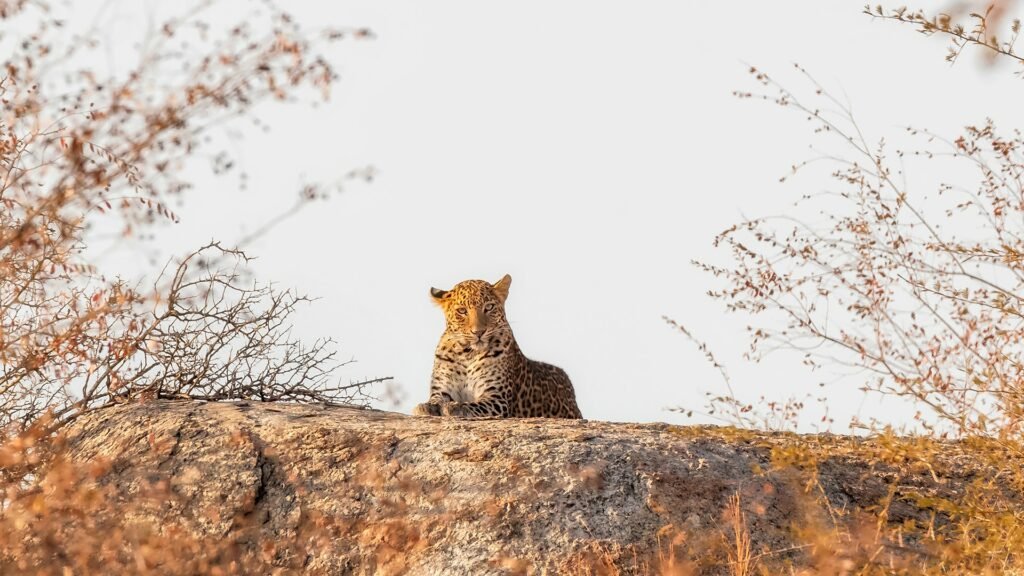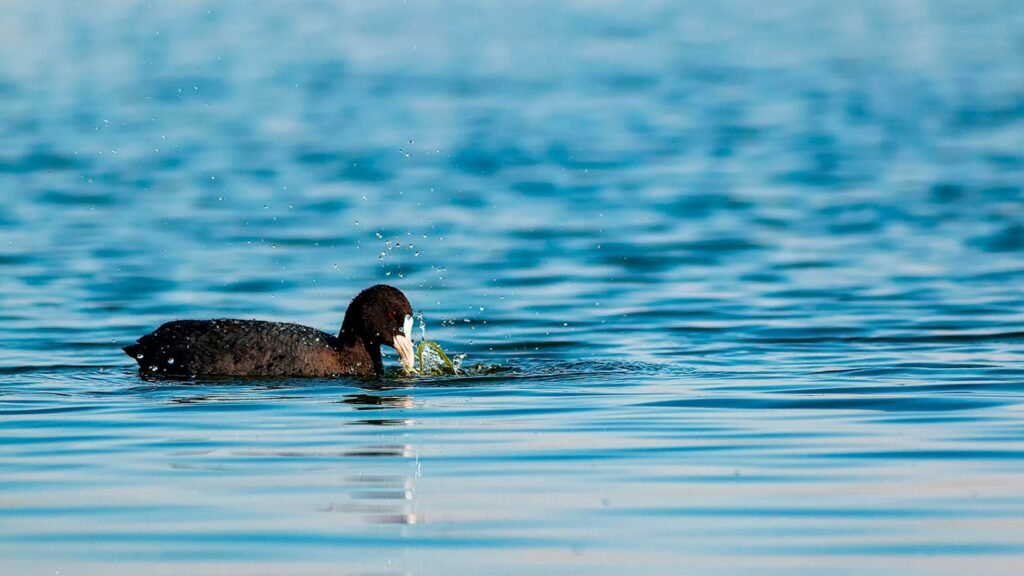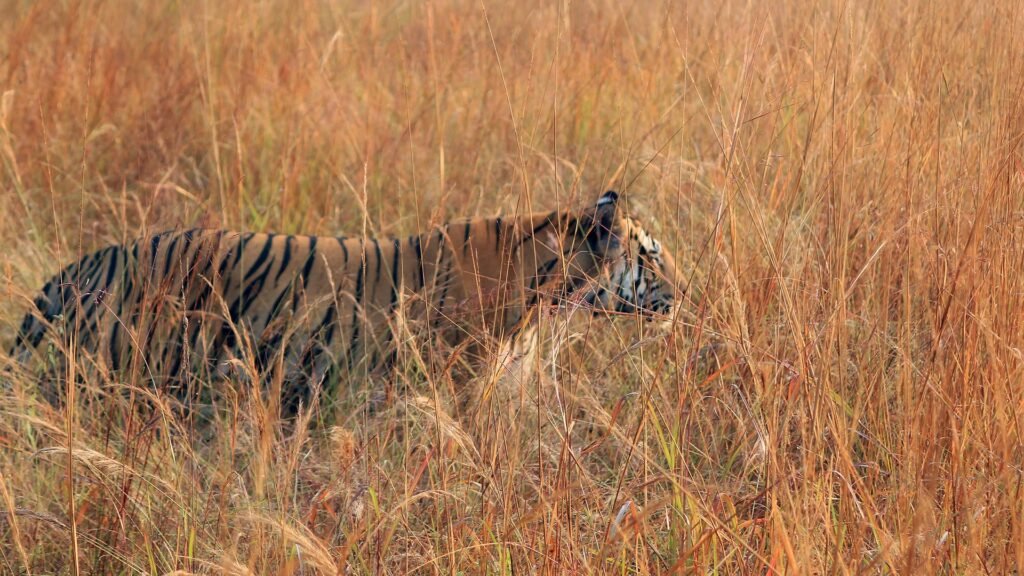Rajasthan, meaning ‘the land of kings,’ is a northwestern Indian state that is the largest Indian state by area and is bordered by the Pakistani provinces of Punjab to the northwest and Sindh to the west, by the Indian states of Punjab to the north, Uttar Pradesh and Haryana to the northeast, Gujarat to the southwest, and Madhya Pradesh to the southeast. It contains the inhospitable Thar Desert that is also known as The Great Indian Desert, and the Aravalli mountain range that blocks the monsoons from entering the western part of the area, hence restricting its vegetation to semi-arid. The density of vegetation increases from west to east gradually as the rainfall increases.
The state is known for many things like the ruins of the Indus Valley Civilization, the Dilwara Temples, Rajasthan’s only hill station, Mount Abu, and the Jain pilgrimage there, the Aravalli mountain range, and the protected forest areas that work towards conserving the natural habitat and its wildlife. The fragile ecosystem and extreme climate of the desert make it difficult for the survival of much flora and fauna, but the ones that live here thrive in the existing climate.
Rajasthan mostly has a semi-arid and desert climate, hence restricting the vegetation to scrubs and desert thorn forest. But, the state still boasts a unique set of wildlife and flora and fauna in its protected areas. There are about 7 Wildlife Sanctuaries, 5 National Park, and 3 Tiger Reserves. The National Parks are the Desert National Park, the Keoladeo Ghana National Park, the Mukundra Hills National Park, the Sariska National Park, and the world-famous Ranthambore National Park.
The Desert park also has fossils that date back to the Jurassic Period. The Keoladeo Ghana National park has one of the best-studied wetland ecosystems that are made and managed to protect the region from frequent floods. It is also a UNESCO World Heritage Site. The Ranthambore National Park area also contains an important geographical feature that is the meeting point of the Aravali hill range and the Vindya plateaus called the Great Boundary Fault. The Kankwari Fort is located inside the premises of the Sariska National Park which was built in the 16th century by Jai Singh II and was also used by the Mughal ruler Aurangzeb in the 17th century to imprison his brother.
The State Animal is the Chinkara and the State Bird is the Indian Bustard. The State Flower is the Rohida and the State Tree is the Khejri Tree. Another interesting fact about Rajasthan is that it also has a Heritage Animal, that is the Camel, and a State Plant that is the Cactus, sporting its true natural beauty through its State Symbols.
Rajasthan attracts thousands of tourists every year to witness its unmatched hospitality as well as its varied wildlife. Due to its vast size and latitudinal variations, it is home to the barren or dry scrub grasslands of deserts and the dry deciduous thorn forests of the oldest Aravali Hills to the wet marshlands of Bharatpur. The state houses some of the major wildlife destinations of the country. Ranthambore is one of the most visited National Parks in Rajasthan for sighting the Royal Tigers and Bharatpur for sighting numerous species of birds.
Though Rajasthan has a hostile terrain, it is home to many species of mammals and birds found across its 5 National Parks and more than 25 protected areas, including sanctuaries and conservation centers.




